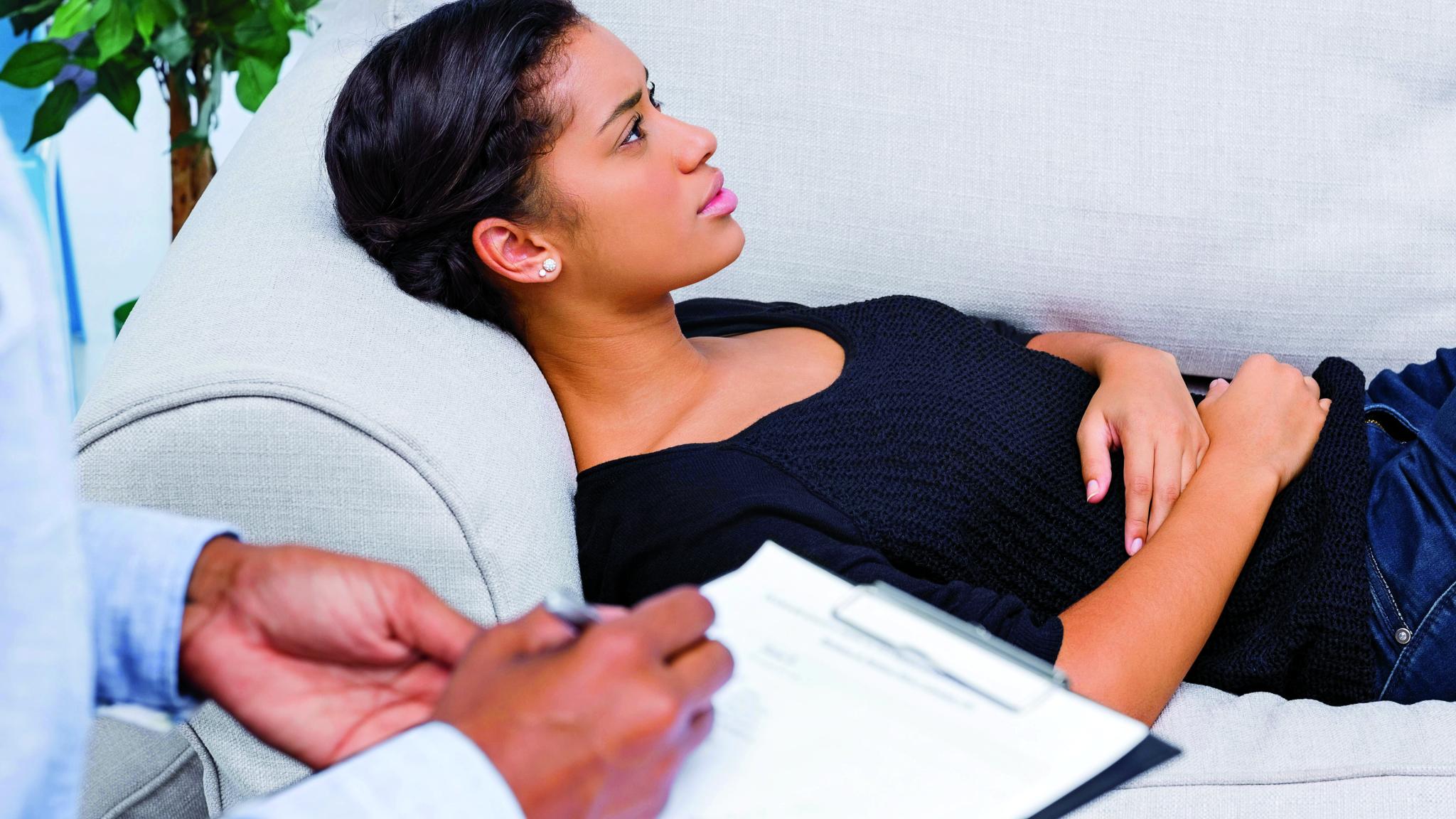
A year ago Jamie Alleyne-Morris, 30, should have been on top of the world.
Jayblessed.com, her Caribbean entertainment news Web site, had taken off, achieving 350,000 visitors in its best month and allowing Alleyne-Morris to have her dream lifestyle. The Trinidad native was married with a young daughter, but she’d never felt worse. “I felt pressure to keep up with my timetable and thought I always had to be on,” Alleyne-Morris says.
“It looked like I was doing well, but inside I was dying.” As she sank deeper into depression, she spent all day in bed. “I stayed under the covers until it was time to get my daughter from school,” she recalls. One day last spring, she put on her shoes and began walking from her apartment to the Brooklyn Bridge. “I wanted to jump off but my heart said no,” Alleyne- Morris says. As she debated her life and death, she collapsed to the ground sobbing. It was then she listened to voice mails from her husband. Hearing his voice and her daughter’s made her go home. Realizing this was serious, Alleyne-Morris turned to her church and a therapist.
As Black women, we are caretakers for everyone from partners to parents to children to coworkers. We’ll see a dentist for a toothache or our physician about a cough, but what gets lost in the hustle is our emotional well-being. We bear and bury sadness and hopelessness without a word to a professional or our nearest and dearest. This silent struggle can be devastating, as evidenced by the suspected suicide of Karyn Washington, creator of the For Brown Girls blog and #DarkSkinRedLip Project, and other recent high-profile cases.
There is still a stigma attached to mental health issues, despite the reality that almost 7 percent of Americans are affected by depression. African-Americans are less likely to get help, according to the National Alliance on Mental Illness.
It’s time Black women begin to put ourselves first. “A lot of Black women were taught that prioritizing yourself is selfish, but that’s a lie,” says Ericka Jenifer, Ph.D., a psychologist in Washing- ton, D.C. “You have to care for yourself to care for others.”
Exam Step #1:
TAKE YOUR EMOTIONAL TEMPERATURE
The first move toward good emotional health is to assess your mental state regularly. That way you’ll be more aware when things get off track. “Everybody feels down sometimes,” says Jenifer. The key is recognizing when that feeling is frequent.
The classic signs of depression that mental health experts look for are sleeping more than you need to or less than you usually do, changes in appetite, an inability to relax, increased irritability, and a loss of interest in activities that used to give you pleasure. “If you feel your joy has faded, your spirit is out of sync and you lack energy you used to have, monitor that,” says Jenifer. “If symptoms persist for weeks, it may be depression.”
A less obvious red flag is an increased reliance on retail therapy, alcohol, drugs or sex to improve your mood, says Joy Harden Bradford, Ph.D., an Atlanta psychologist and founder of therapyforblackgirls.com. “If you used to get one drink at happy hour and now have three, or you’re hooking up with a different guy each week, investigate these changes,” she says.
In addition to behavioral changes, depression can also make you prone to physical problems. “In my experience Black women come in with somatic symptoms such as persistent headaches, backaches and stomach pain,” says Bradford. “It’s more acceptable to see a physician and say, ‘I’m having migraines,’ than it is to go to a therapist because you’re feeling anxious or sad.”
Emotional lows can also happen when we’re riding high, as Alleyne-Morris discovered. “Happy events are still stressful,” Bradford points out. “Marriage, pregnancy, moving and changing jobs are among the top stressors.” And stress can negatively affect your mood.
Exam Step #2:
SEEK HELP
Once you’ve identified that your mental state isn’t as good as it should be, you need to act. Jenifer suggests practicing what she calls “psychological first aid.” “Talk to friends, family or your pastor,” she says. Doing this and adjusting your routine—exercising more consistently, eating more healthfully and improving your sleep habits—may be enough to get you back on track. “[But] if these basics aren’t working, talk to a professional,” says Jenifer.
To find a therapist, ask your primary physician or your health care provider for a referral, or search online for professionals in your area. Also check if your company offers an employee assistance program (EAP), which provides free, short-term counseling and referrals for more intensive treatment. “Crisis hotlines are another resource,” says Jenifer. “The majority of the calls they take are people who are sad and upset and who need to talk. They can share resources in your community.”
Ensuring your therapist is right for you can require time and effort. “Choosing one is like finding a good pair of shoes,” says Jenifer. “You may tell this person your most intimate secrets, so it‘s got to fit.” If you’d prefer a therapist who is culturally in tune, check out The Association of Black Psychologists (abpsi.org). “I encourage people to be active participants in their treatment,” adds Jenifer. That means letting the therapist know if you’re uncomfortable with the approach or questions.
Exam Step #3:
FIND PEACE
A year after hitting her lowest point, Alleyne-Morris is counting her blessings. She shut down the beloved blog that drove her to despair and now concentrates on her loved ones and herself. “I make time to connect with friends at least twice a week,” she says. “I go to the movies alone, something I had never done.” Alleyne-Morris also keeps a blessings book, where she writes down things she is grateful for daily. “If I feel down, I’ll read my book,” she says. “I’m happy and fully living my life.”
This article was originally published in the April 2015 issue of ESSENCE Magazine.
